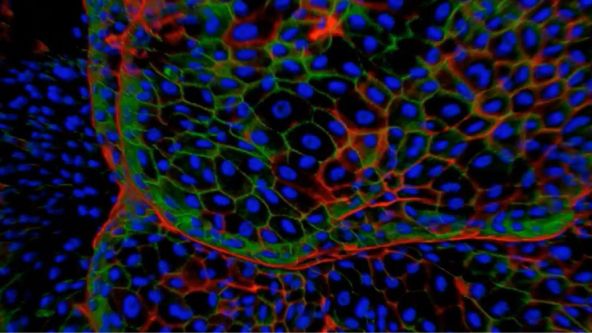Pergunte a um especialista:
Bem-vindo ao Pergunte a um especialista, seu portal único para consultas de microscopia de ciências biológicas. Junte-se a nossos especialistas em webinares ao vivo para discutir as principais tendências ou entre em contato com nossos especialistas a qualquer momento com suas perguntas e desafios. Perdeu um webinar? Não tem problema, você ainda pode assisti-lo. Não encontrou o tópico que gostaria de discutir? Use nosso formulário de perguntas ou entre em contato diretamente com nossos especialistas para obter ajuda.
Webinares ao vivo | Webinares sob demanda | Especialistas
.jpg?rev=3E0D)
Objetivas de microscópio: onde a mágica acontece
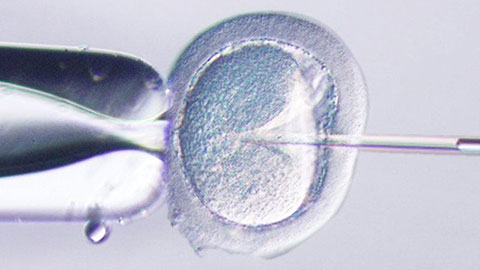
ICSI—Past, Present & Future
.jpg?rev=1940)
Processamento digital de imagens – parte 2: filtro de processamento de imagens avançado
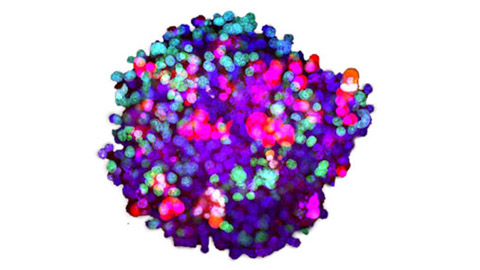
Análise tridimensional de imagem de alta produtividade operacional de organoides e esferoides derivados do paciente.
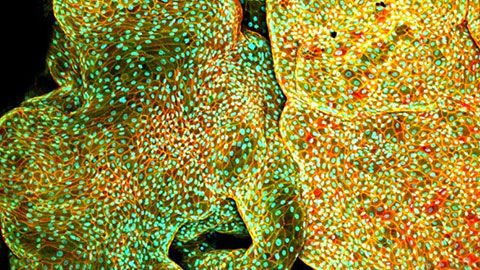
Depth Matters: Transforming Biology for More Realistic and Meaningful Pursuits
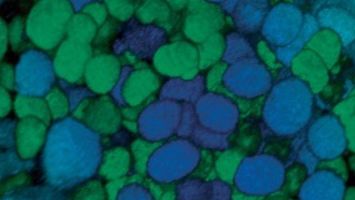
Olympus Organoid Conference 2021
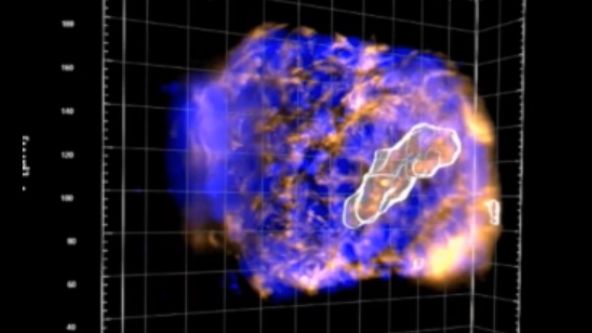
Culture and Quantitative 3D Imaging of Organoids: Challenges and Solutions
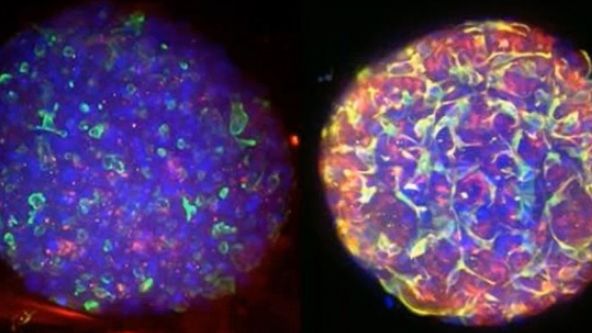
Converting from 2D to 3D: Bio-Techne Solutions for Your 3D Culture

Utilizing Tumoroids to Explore Anti-Tumor Immunity in Rectal Cancer

Tissue Optical Clearing Imaging: From In Vitro to In Vivo
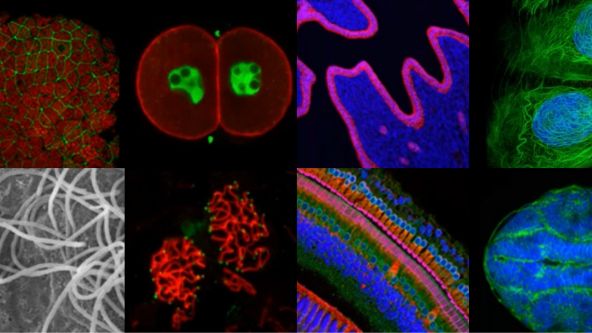
3D Microscopy: Understanding the Give and Take on Instrument Performance to Enable Informed Decisions
